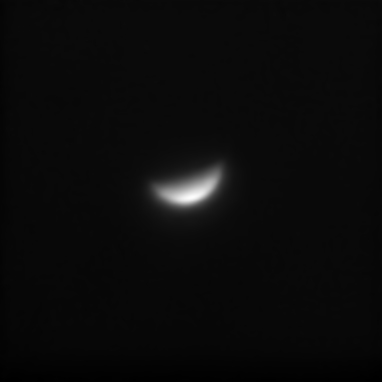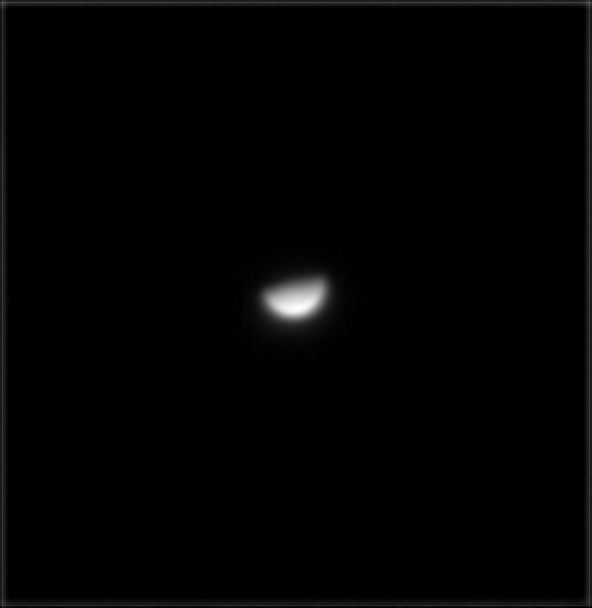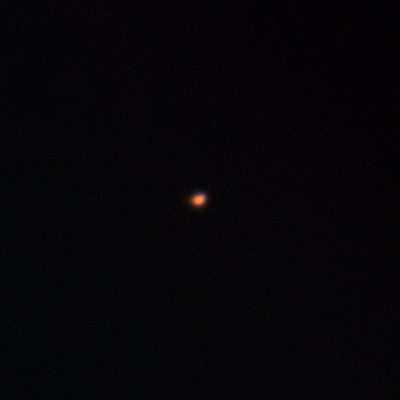more info at prior blog on mecury
in my recent imaging session, with mercury relatively high in the sky (thanks to a computerized mount and my house blocking the sun), it appeared to be a white partial disk. some have been able to demonstrate surface detail on mercury with IR filters (which are less subject to atmospheric seeing effects). unfortunately, i was not able to pull out any detail, but i did get a nice sharp half moon 😃.
 |
| Mercury 7/15/2018 IR 2:23 UTC |
a few more images:
 |
| Mercury 7/4/2018 IR 3:14 UTC |
 |
| Mercury 7/3/18 (red filter) 3:15 UTC |
 |
| Mercury 10/19/2006 |
Imaging details:
Celestron 11 edge HD
Camera=ZWO ASI290MM
7/15/18
4x5 minute captures
~400 fps
best .25% of ~500,000 frames
Shutter=0.1 ms
Gain=361 (60%)
Histogramm=30%
Baader IR pass "685" nm
2x barlow and
upsampled 2x
Eastbluff
Southern California
No comments:
Post a Comment